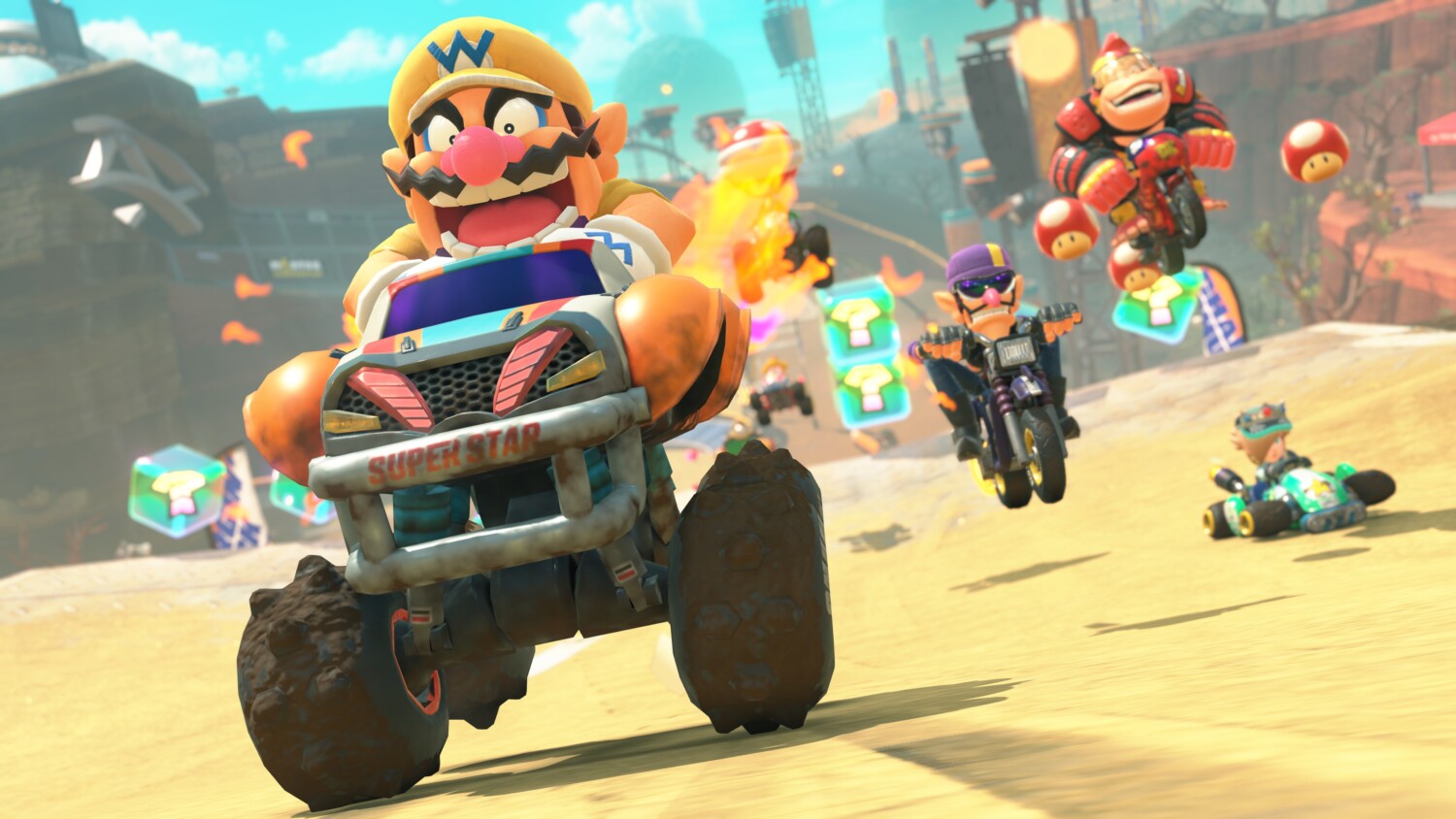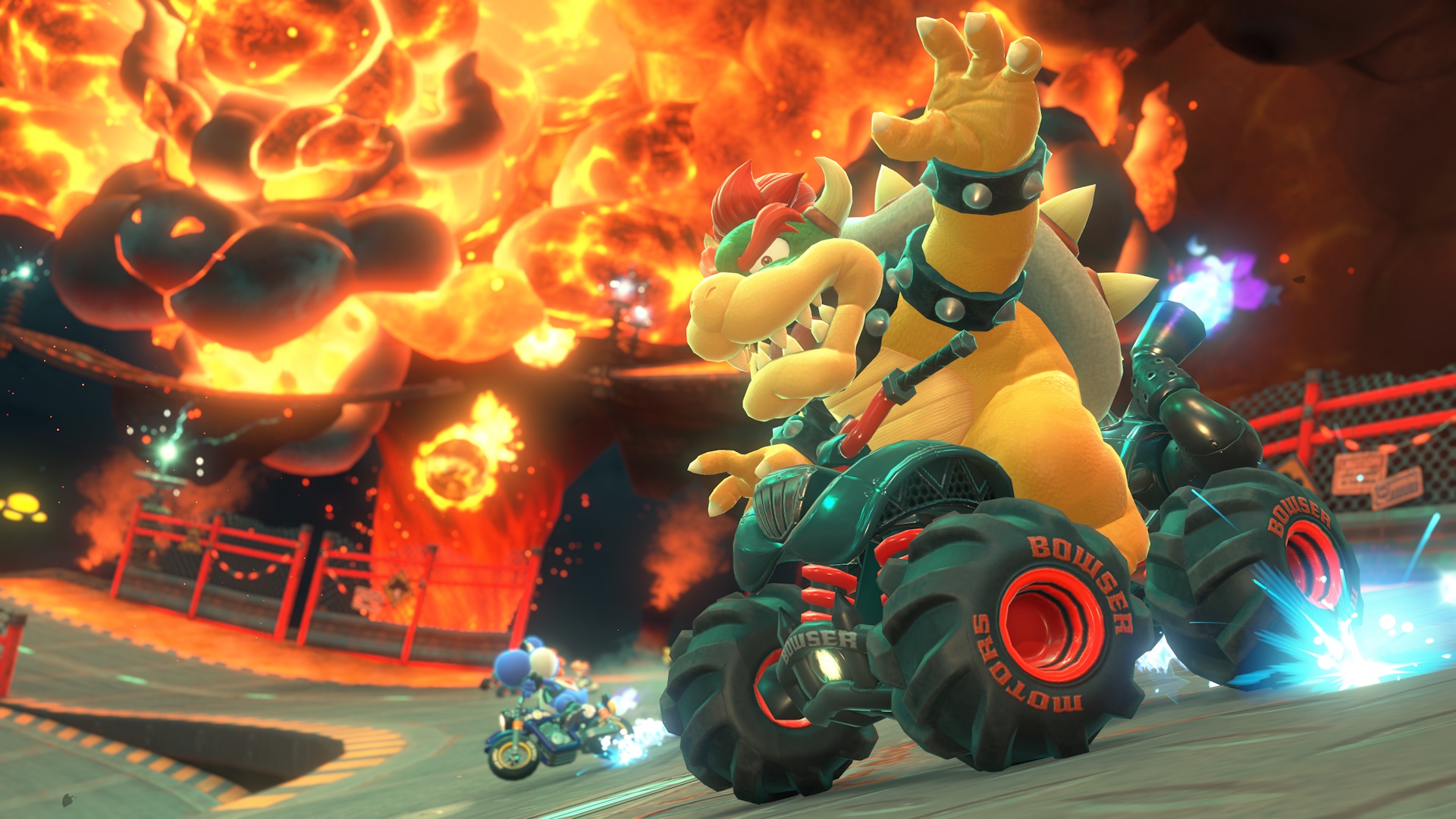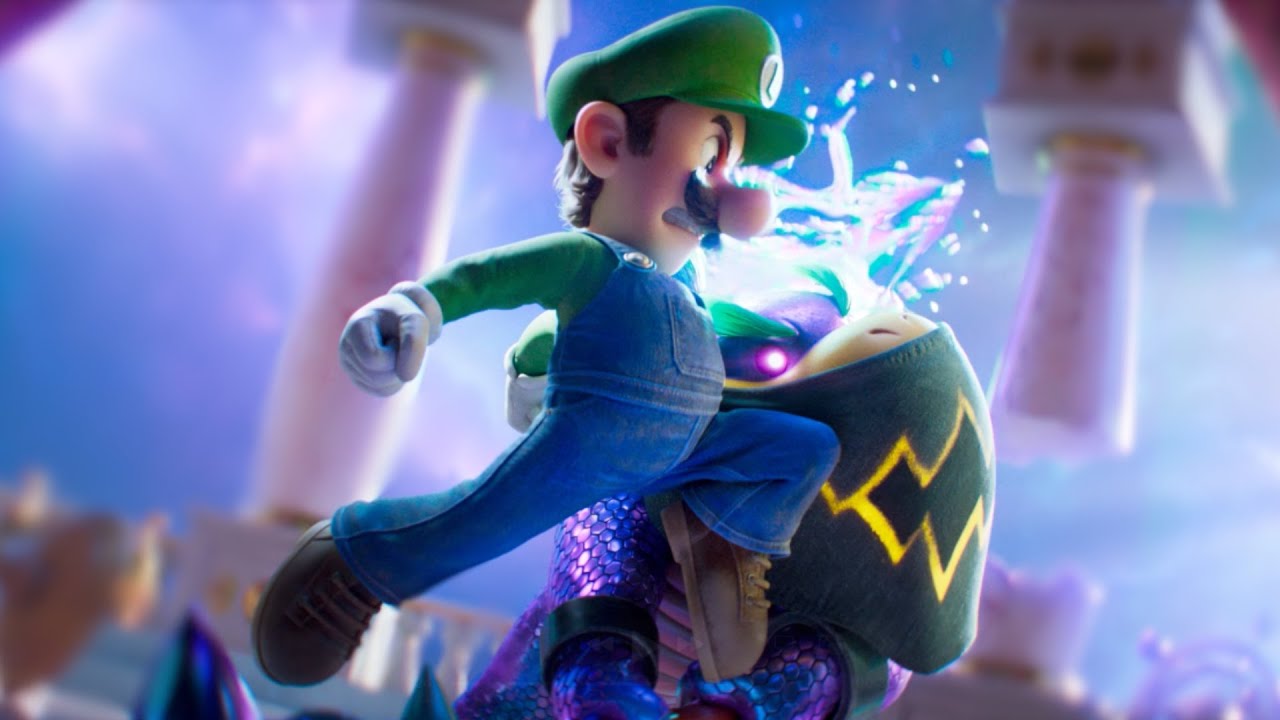The recent Mario Kart World Direct has prompted mixed reactions across the globe, with many international fans expressing disappointment after high anticipations.
However, in Japan—Nintendo’s home market—the Direct was met with widespread positivity and excitement, once again emphasizing the cultural nuances at play in Nintendo’s global audience. Mario Kart World is the latest installment in Nintendo’s legendary kart racing franchise, set to launch on the highly anticipated Nintendo Switch 2.
As one of the most iconic brands in gaming, expectations were high for new features and announcements during the Mario Kart World Direct presentation.
Yet, responses diverged significantly between Western and Japanese gaming communities. Japanese Nintendo fans, particularly those active on social media and official Nintendo posts, reacted enthusiastically to the Direct.
Many shared their eagerness about new gameplay elements like Free Roam mode and the innovative Dash Food mechanic.
One user remarked that the Free Roam feature looked fun and exciting and expressed impatience to experience it firsthand, echoing a common sentiment seen across Japanese discussions. Others focused on customization and progression, expressing hopes for exchanging in-game coins for costumes, and shared anticipation for additional content, stating they 'can’t wait to see how DLC will expand this game.' The presentation even appears to have influenced hardware purchases, with fans saying, 'I finally have a reason to buy a Switch 2!' Notably, there has been little to no criticism from Japanese users regarding Mario Kart World’s pricing structure.
The game is set to retail digitally for 8,890 yen (approximately USD 62) and physically for 9,980 yen (roughly USD 70) after tax.
A majority of Japanese consumers appear to be opting for the Nintendo Switch 2 Mario Kart World set, priced at 53,980 yen (about USD 379), further minimizing pricing concerns. Analysts attribute this positive reception in part to how information reaches Japanese audiences.
Unlike their Western counterparts, Japanese fans did not have access to a Nintendo Treehouse Live broadcast, and the Nintendo Switch 2 Experience event in Japan is scheduled later, on April 26.
As a result, much of the content revealed in the Direct felt new and fresh to Japanese viewers, whereas international fans had already encountered similar features through earlier events or live streams. This localized information gap likely contributed to higher enthusiasm in Japan, demonstrating that regional event schedules and communication strategies can significantly shape the perception of even the most anticipated gaming releases. The contrast between Western and Japanese responses to Mario Kart World Direct illuminates the importance of tailored messaging and rollout strategies for global launches.
As Nintendo prepares for the upcoming release of both the Switch 2 hardware and Mario Kart World, it will be interesting to see how these differing perspectives influence sales and player engagement worldwide. Mario Kart World is poised to continue the series’ outstanding legacy, and its Japanese launch is expected to be a milestone event for Nintendo and fans alike.
Stay tuned for further updates on the game’s reception, sales milestones, and new content following its debut on the Nintendo eShop and at retail.
However, in Japan—Nintendo’s home market—the Direct was met with widespread positivity and excitement, once again emphasizing the cultural nuances at play in Nintendo’s global audience. Mario Kart World is the latest installment in Nintendo’s legendary kart racing franchise, set to launch on the highly anticipated Nintendo Switch 2.
As one of the most iconic brands in gaming, expectations were high for new features and announcements during the Mario Kart World Direct presentation.
Yet, responses diverged significantly between Western and Japanese gaming communities. Japanese Nintendo fans, particularly those active on social media and official Nintendo posts, reacted enthusiastically to the Direct.
Many shared their eagerness about new gameplay elements like Free Roam mode and the innovative Dash Food mechanic.
One user remarked that the Free Roam feature looked fun and exciting and expressed impatience to experience it firsthand, echoing a common sentiment seen across Japanese discussions. Others focused on customization and progression, expressing hopes for exchanging in-game coins for costumes, and shared anticipation for additional content, stating they 'can’t wait to see how DLC will expand this game.' The presentation even appears to have influenced hardware purchases, with fans saying, 'I finally have a reason to buy a Switch 2!' Notably, there has been little to no criticism from Japanese users regarding Mario Kart World’s pricing structure.
The game is set to retail digitally for 8,890 yen (approximately USD 62) and physically for 9,980 yen (roughly USD 70) after tax.
A majority of Japanese consumers appear to be opting for the Nintendo Switch 2 Mario Kart World set, priced at 53,980 yen (about USD 379), further minimizing pricing concerns. Analysts attribute this positive reception in part to how information reaches Japanese audiences.
Unlike their Western counterparts, Japanese fans did not have access to a Nintendo Treehouse Live broadcast, and the Nintendo Switch 2 Experience event in Japan is scheduled later, on April 26.
As a result, much of the content revealed in the Direct felt new and fresh to Japanese viewers, whereas international fans had already encountered similar features through earlier events or live streams. This localized information gap likely contributed to higher enthusiasm in Japan, demonstrating that regional event schedules and communication strategies can significantly shape the perception of even the most anticipated gaming releases. The contrast between Western and Japanese responses to Mario Kart World Direct illuminates the importance of tailored messaging and rollout strategies for global launches.
As Nintendo prepares for the upcoming release of both the Switch 2 hardware and Mario Kart World, it will be interesting to see how these differing perspectives influence sales and player engagement worldwide. Mario Kart World is poised to continue the series’ outstanding legacy, and its Japanese launch is expected to be a milestone event for Nintendo and fans alike.
Stay tuned for further updates on the game’s reception, sales milestones, and new content following its debut on the Nintendo eShop and at retail.






